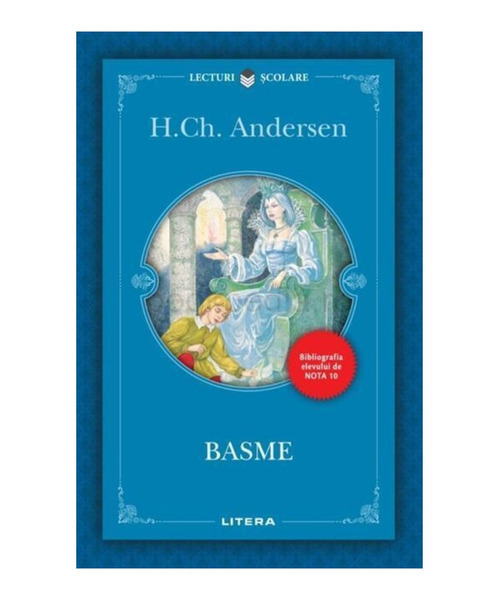Prosopographia Ponti Euxini. Callatis et Odessus
104,50 lei
Informații suplimentare
| General | |
|---|---|
| Publisher | MEGA |
| Year | 2024 |
| Others | |
| Identification | |
| ISBN-13 | 9786060207078 |
| Format | |
| Pages | 308 |
Descriere
The ancient population can be studied and estimated based on archaeological, epigraphic, and literary sources, but also through bio-archaeological research or information such as the size of the territory. In turn, the approach of the dataset can differ, and can be achieved based on the evaluation of the population’s place in society according to the juridical status, based on its agency, or based on its geographical provenance (rural vs urban), to mention only a few of the most common directions. The identification and reconstruction of the population and society through the epigraphic sources is, therefore, only one of the possible ways of assessing the evidence, and it has generated numerous works, be it on specific categories of the population (mostly the elite), or specific geographical areas. Certainly, bioarchaeology brings an important contribution to the study of the ancient population, a field which has allowed researchers to create a more tangible profile of the population and to explain different phenomena, such as the decrease of the population, or migration. 1 Nevertheless, such analyses surpass the goals and the capacities of the current project. (from the „Introduction”)
















